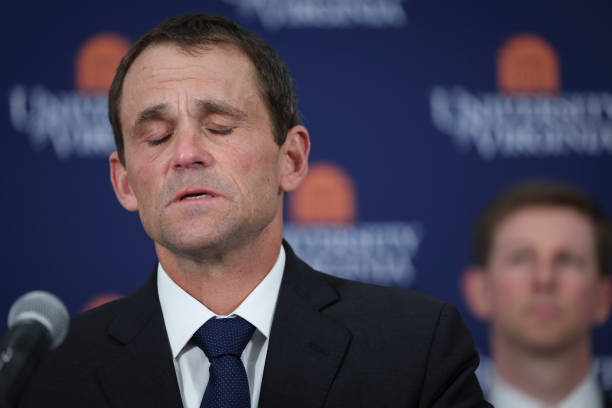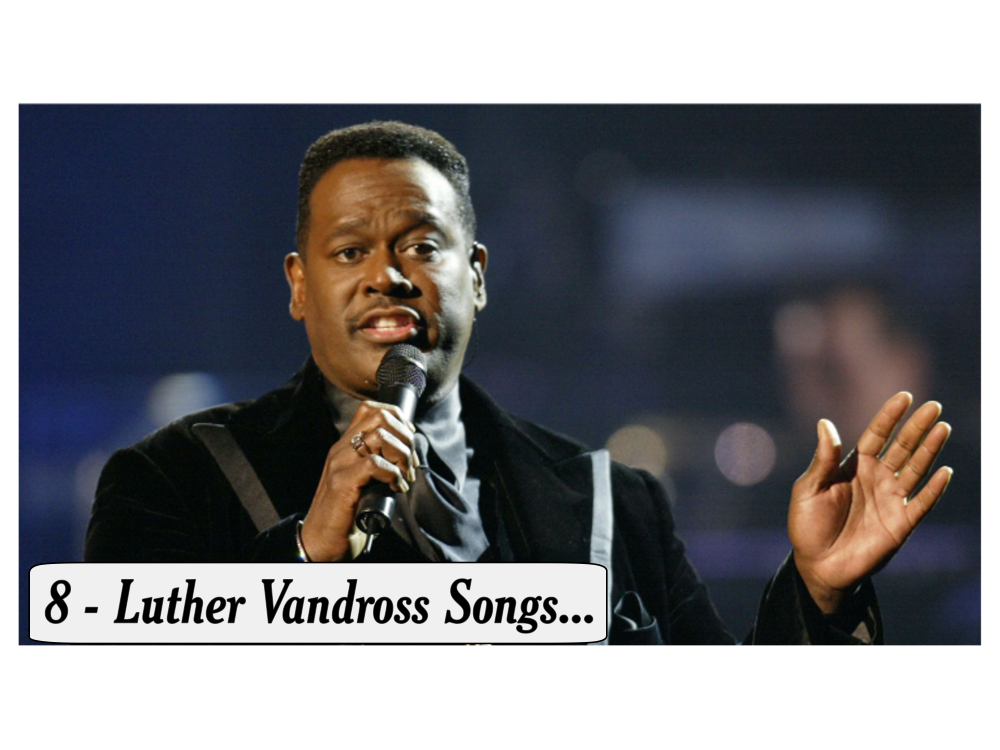(ThyBlackMan.com) Abusive relationships are often toxic and might not only lead to the physical harm of the victim but also result in mental trauma. While physical abuse can be identified in a toxic relationship through bruises and scars, emotional abuse leaves little to no proof to go on. This makes it easy for people to ignore and suppress the oppressive situations they are in.
What makes it even harder to identify such abuse is the fact that it happens in a cyclic manner where a pattern of abuse unfolds. The cycle of abuse, developed by Lenore Walker in the 1970s, aims at identifying these patterns to help victims break away from it. It will mostly occur in the lives of victims of abuse who might actually have a say when it comes to leaving such a relationship.
Here are the four stages of an emotionally abusive relationship:
Tension-Building Stage
At the onset of any abuse, tension will tend to build up. The abuser will start being passive-aggressive while failing to communicate appropriately. As the tension levels continue to rise, the victim begins identifying potential signs that their abuser is angry. In some cases, the victim will try to be cautious to avoid triggering an unwanted reaction from the abuser. They change their behavior to accommodate and cool down the situation. Eventually, the tension bubble is bound to burst, and the abuse moves on to the second stage.
The Abusive Stage
In this stage, the abuser acts out by either being physically or emotionally inconsiderate and violent. They put their victims in compromising situations that often lead to them feeling hurt. As shown above, while the victim will identify the instances of physical harm, emotional abuse might be too subtle to detect.
For instance, abuse that involves gaslighting might go unnoticed as you fail to identify the most common signs, according to insights from 50 shades of gaslighting: disturbing signs an abuser is twisting your reality. In both types of abuse, the victim will still know deep down that something is off and may start contemplating a way to fight back or leave the relationship. Once the abuser notices this, he/she might decide to change to avoid losing the victim.
The Reconciliation Stage
Also known as the honeymoon phase, the victimizer apologizes to the victim or starts being overly affectionate and considerate, as noted by a BBC News article. Some might choose to ignore that the situation actually happened. They will assure the victim that the abusive behavior won’t happen again and that they will change for the better.
While some will shower their victims with gifts, other abusers will tend to throw the blame to the victim’s side. The victimizer might feel overwhelmingly sad and remorseful, or at least some pretend to do so, and make adjustments to showcase this. In the worst case scenarios, some will even manipulate the victim emotionally through tactics such as promising to commit suicide if the victim leaves.
The Calm Phase
In this stage, the relationship seems calm with the abuser trying to resist the urge to act out and be abusive. They convince the victim that they have actually ‘changed.’ In most cases, they will walk the extra mile to deliver the promises that were made during the reconciliation phase.
Sadly, this stage is only but short lived. With time, some conflict is bound to arise which will bring out the abusive behavior of the victimizer, according to Psychological Today. Eventually, the abusive cycle begins once again from the tension building stage onwards.
Conclusion
By seeking counseling, both parties can resolve their issues and salvage the relationship before it is too late. However, if the relationship is beyond repair, then the victim should end it instead of trying to break the abusive cycle to preserve their physical health and sanity. Breaking up with a spouse or leaving the abusive environment will help battle against such situations.
Staff Writer; Carl Ross

















As a veteran marriage, family and relationship counselor I have to say the picture in this article does not represent the norm. The norm is that men are more physically abusive than women but women are more emotionally abusive that men. Women use their vicious mouths (not all women) and the Bible speaks expressly about this. Verbal abuse is again more so done by women than men, esp in the AA community. In many cases the man respond physically to what the woman initiates verbally. Not an excuse, just an accurate assessment of what happens.